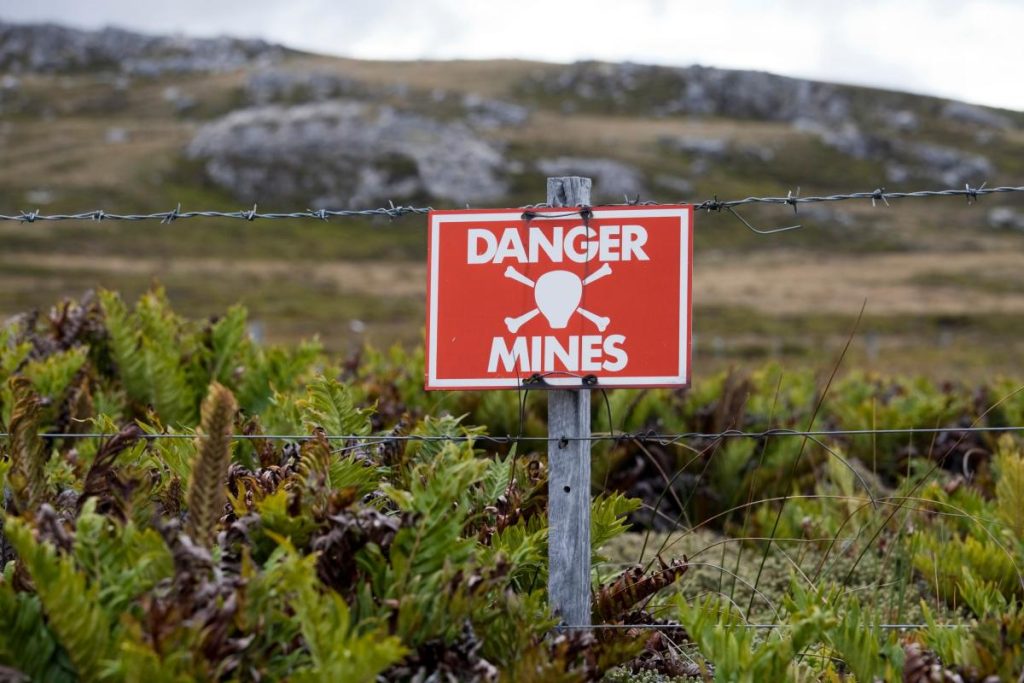The world is flooded with data on, well, on the world, thanks to satellites and environmental sensors. But there is still much that we cannot see, and Fieldstone Bio thinks that the microbes can change it.
“They evolved to detect and respond to information. They are only trillion of calculations in progress at all times around us,” Brandon Fields, co-founder and scientific director of Fieldstone Bio told Techcrunch Brandon Fields. “How can we take it and manipulate it actually to get benefits for us?”
Fieldstone technology emerged from this question. The startup was founded in 2023 after leaving Mit, where Professor Chris Voigt’s laboratory had developed a way to transform microbes into sensors. The scientists planned the microbes to change color when they met something interesting, whether it is nutrients in the ground or terrestrial mines hidden in dirt, and therefore they understood how to detect them.
“The key technology of the Chris laboratory is this idea of” how do we actually see these cells really away? “” Fields said.
Fieldstone Bio recently collected $ 5 million in Seed funding led by Ubiquity Ventures with the participation of E14 and LDV Capital, the company has only said to Techcrunch. The startup has tested its technology in the laboratory and the loan will allow you to test those microbes in the real world.
Each strain is tailor -made to perceive a particular compound, such as nitrogen on an agricultural field or TNT residues from a minar mine.
“We areolated the microbes from the environments we want to perceive,” Fields said. “We build our sensors the DNA pieces and let them fall into these different and we see which ones they behave at the best, which can last longer.”
Once the microbes are ready, Fieldstone will transmit them using drones. After the microbes have some time to perceive their environment – from several hours to days, depending on the target – the company will have another photo of shooting drones of the area.
The images are not the usual aerial photography seen on Google Maps. Rather, they are taken using what is known as a hyperspectral camera, which divide visible and infrared light into 600 different colors. Since Fieldstone’s microbes will reflect the light at a very specific wavelength, it can train the models to look for those signals in the middle of a data stream.
“This is where the power of the AI comes into play, because we can start using this information to tease these truly weak signals to produce really interesting heat maps of the microbo that detect the environment,” Fields said.
In addition to agricultural and national security applications, Fieldstone is also planning microbes to detect environmental contaminants such as Arsenic, said CEO Patrick Stone.
“Instead of going to make samples of central ground every 100 feet-and then you have a resolution of 100 feet-potre we get a thumb resolution and really map exactly where they have to clean up things,” he said.
The modified gene sensors transmitted on agricultural fields will certainly raise the eyebrows among the people who oppose genetic modification. Fields said that the company was in contact with the EPA to ensure that the company follows the regulations.
Fields said that, over time, he hopes that the company’s database becomes large enough to form models to associate other signals in the environment with any data returned by the microbes. This would allow the hyperspectral cameras to detect, let’s say, the contamination from arsenic without having to spread the engineered microbes.
“In the end, it is not necessary to apply the microbo,” Fields said. “You have drones, planes and satellites that now collect information on chemical information on a global scale.”



